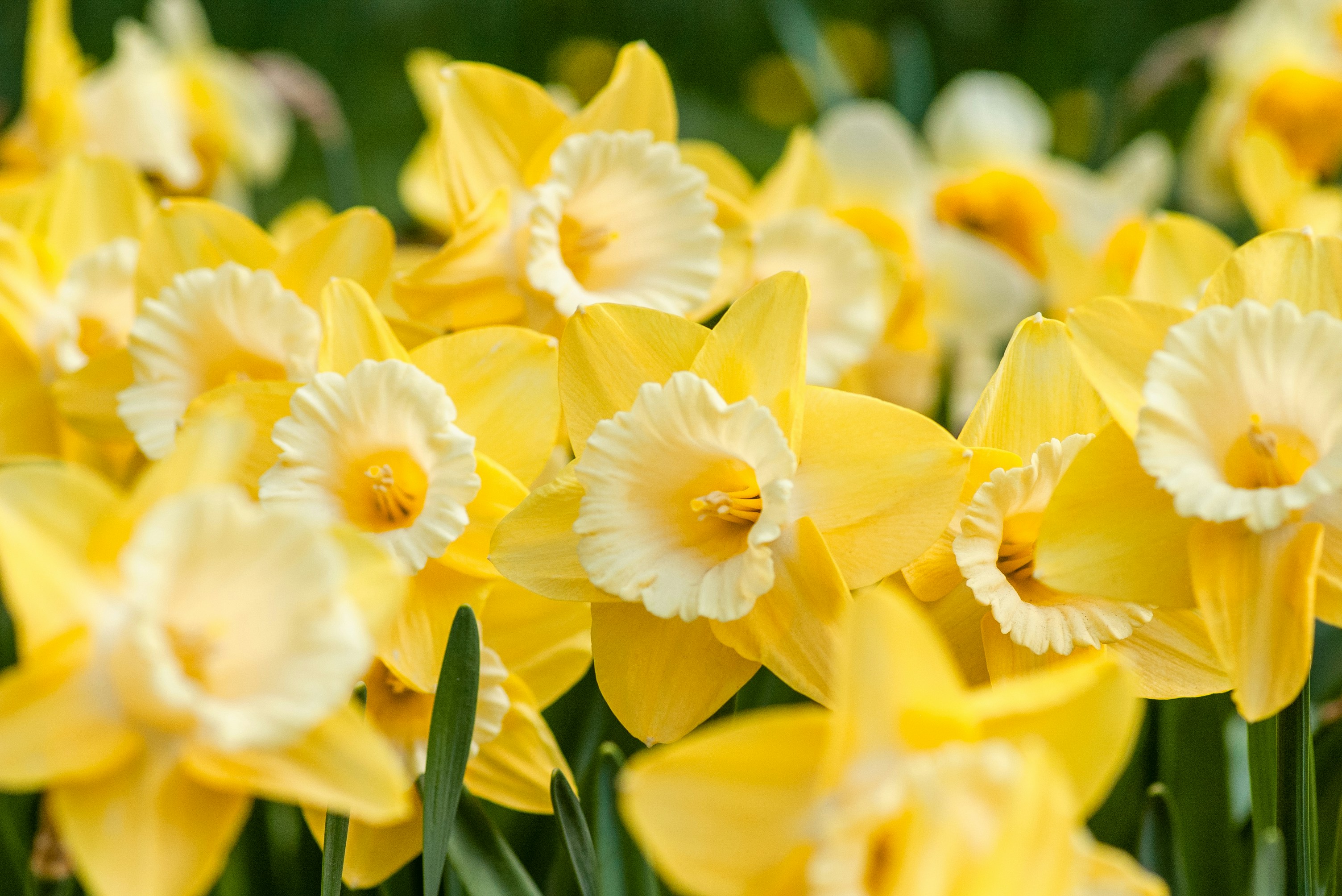Gardening Jobs for March

Spring is almost here, the days are finally starting to seem longer, the weather is warming and you may wonder, “What should I be doing in the garden in March?”. It’s time to start preparing seeds, planting and maintaining the garden as well as looking after the plants inside.
What to do in the garden in March
- What to plant in March
- Weeding and mulching
- General Garden Maintenance
- Lawn Care
- Indoor Gardening
- Wildlife Gardening
What needs planting in March?
Plant summer flowering bulbs such as gladioli and galtonia.
Pot up dahlia tubers, put in a frost-free place and they’ll be ready for planting outdoors in the late spring when there is no risk of frost.
Pot up plug plants, give them a good watering and put them in a light, frost-free place such as a windowsill or greenhouse.
Sow tomatoes for growing indoors. Wait until mid-March then sow tomatoes you’re planning on growing indoors. For growing outdoors, wait until April.
Weeding and Mulching
As soon as the weather gets warmer, the weeds will grow as strongly as your plants. So keep on top of them before they can root in.
Ensure to pull up the whole root to prevent them from growing back, for best results use a hand fork.
Now is the time to mulch your borders. Keep them nutrient-rich and looking fresh by laying over a 3cm layer of organic material, such as garden compost. This will also help to suppress the weeds and trap moisture in the soil. To protect hands and keep nails free from dirt, the Henchman Gardening Gloves are a must! Available in 6 sizes.
General Garden Maintenance
Finish pruning roses in early March. Check out our Rose Pruning Guide for all your rose pruning advice.
Start feeding the fish in your pond and using pond fountains to help keep the water clear and aerated. Remove pond heaters.
With new growth in the garden comes slugs and snails, so now’s the time to get your preventions in place. There are many organic slug pellets on the market which would always be our recommendation.
In late March, those early daffodils may be starting to look a little worse for wear. Remove faded flowers and put them in the compost.
Lawn care in March
It may be time to give your lawn a bit of TLC before we get into the prime lawn-cutting season.
Firstly, give your mower a clean. Check the underside of your mower and grass trimmer and brush off any old clippings. Then, set those mower blades on high and give a first pass over, this will help thicken the grass. Weeding the lawn will also help remove competition and ensure the grass gets the right nutrients.
How to make your lawn look great for the summer...
Aerate to prevent waterlogging. This can be done with a garden fork or a hollow-tine aerator. Adding sharp river sand will help the ground dry out and prevent future waterlogging.
Recut edges using a half-moon edger or a spade.
Rake moss from the lawn to encourage the growth of the grass.
Feed and water the lawn. Use a fertiliser mix to help with slow-release nutrients throughout the rest of spring and summer. Wash this into the soil by watering.
Indoor Gardening
As temperatures warm outside, so will indoor temperatures so houseplants will need watering more regularly. Keep an eye on the soil and water when necessary.
Maximise the amount of light your houseplants receive by moving to a brighter spot such as near a window.
Snip off dead or dying leaves or flowers - you can use the ARS Pointed Pruners for precise cutting.
For houseplants with large leaves, such as a ficus, wipe with a damp cloth to remove dust.
Check houseplants for pests like aphids and treat them where needed.
Wildlife Gardening
In March, nighttime temperatures can still hit subzero, so we need to continue helping out our friendly garden wildlife.
Hedgehogs will start emerging from hibernation in March, leaving out a dish of water or even some meat-based cat or dog food will help them build up fat reserves. Put out the food from dusk and discard leftovers in the morning.
Continue to feed the birds high-fat/protein foods such as sunflower hearts, fat balls and suet pellets to help them prepare for the breeding season.
If you have a pond in your garden, adding some new pond plants such as forget-me-not, will help attract amphibians such as newts. Submerged plants such as hornwort will help oxygenate the water and shelter tadpoles from predators. Removing duckweed and algae will help to keep your pond in balance.
Add pollen-rich plants to attract bees and butterflies. Flowers such as lavender, primrose, honeysuckle, Lady’s bedstraw and verbena are great options but most herbs are also great to attract insects into the garden.
Gardening with Henchman
For more gardening tips and advice see our gardening guides, we cover a range of topics such as pruning, hedgecutting and vegetable growing. If you're looking for some inspiration, see our Pinterest.
Looking to refresh your garden kit in time for spring, see our Tripod Ladder range, wheelbarrows, and gardening tools.



